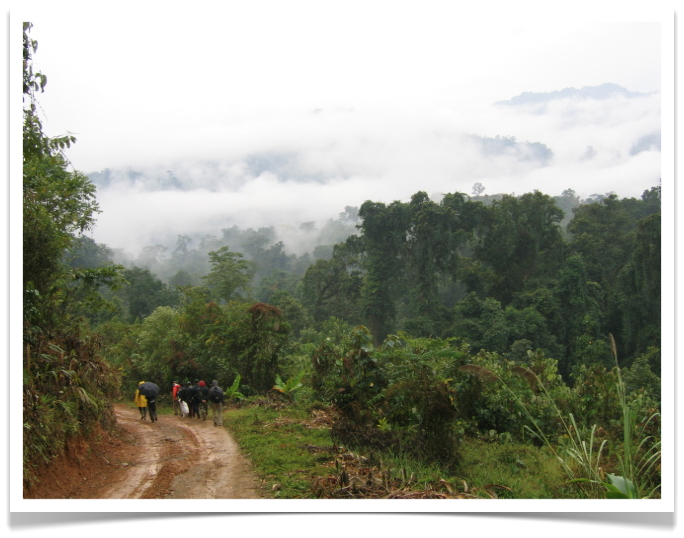Running Compass
 Monday, May 14, 2012 at 9:52AM
Monday, May 14, 2012 at 9:52AM 
A key feature of good inventory transects is that they follow a straight line. Wonderful things happen when you walk a straight line through the forest. Keeping the transect on the right bearing is accomplished through the judicious use of a compass, in this case, a Silva Ranger compass.
Once you get the first two or three transect stakes in position, you can put the compass away and just use back sights to keep the stakes lined up. Continual use of the compass (or GPS) will cause the line to zig-zag (see Believe Your Eyes).
Image above shows U Myint Maung, Warden of the Hukaung Valley Wildlife Sanctuary, keeping our rattan transect on course (see Hukaung Valley Rattan Survey)









